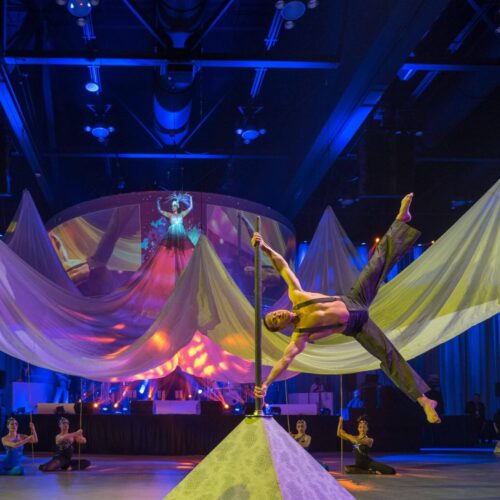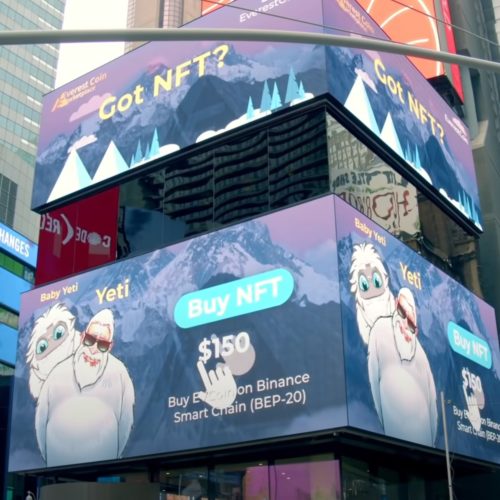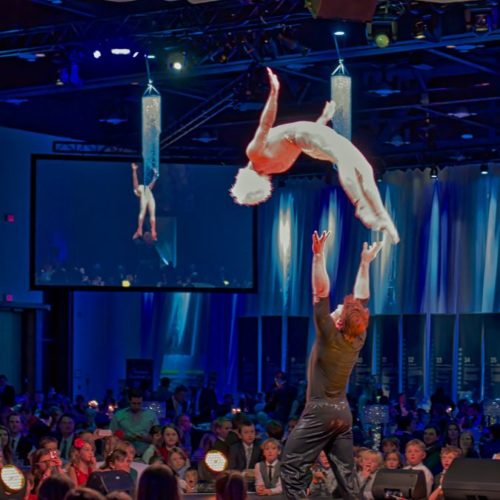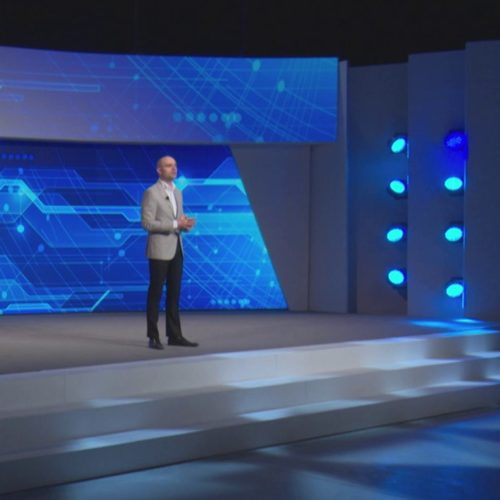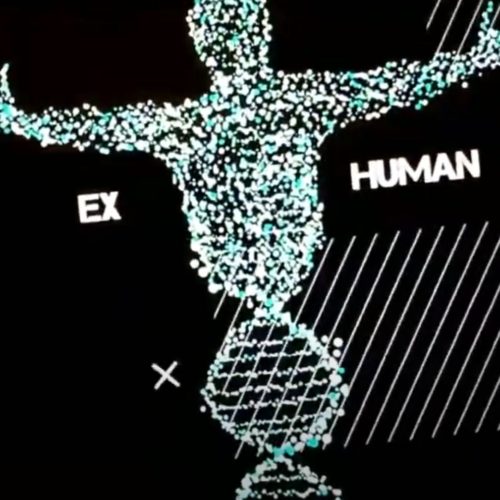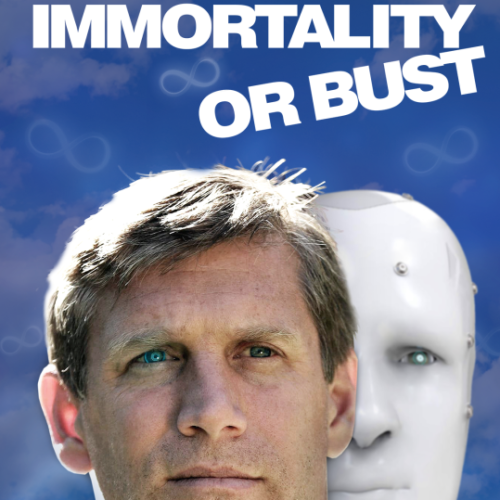Astrophysicist Mario Livio on Science and Art
Johnny Boston / Op Ed
Posted on: May 27, 2015 / Last Modified: May 27, 2015
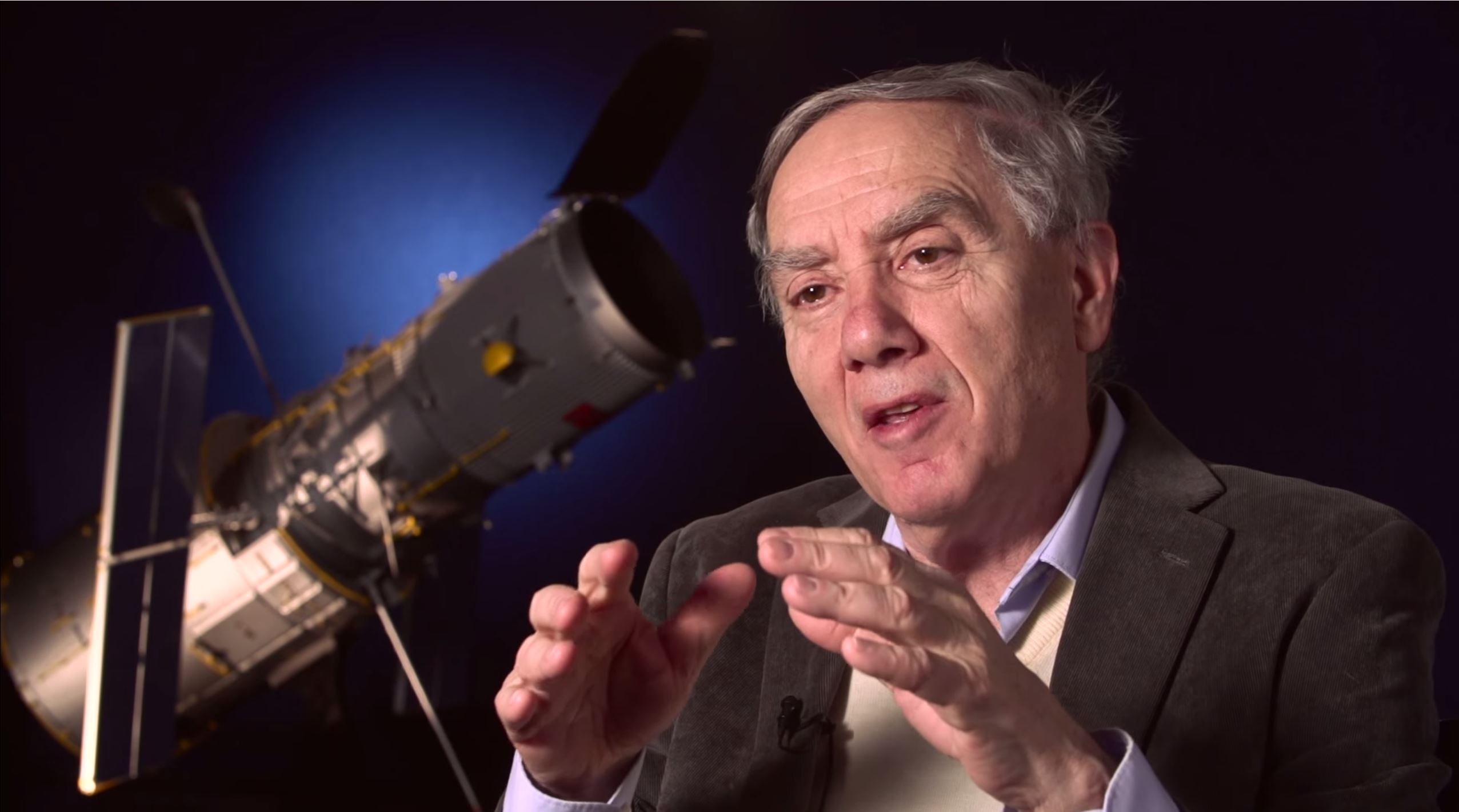 On April 24 of this year, the Hubble Telescope passed its 25th anniversary. Launched in 1990, the intent of the Hubble Telescope was to help gain breakthroughs in astrophysics. Among many discoveries, scientists were able to form new hypotheses surrounding black holes and could more accurately measure the rate at which our universe is expanding. Most notably, the images provided by the Hubble Deep Field, Hubble Ultra-Deep Field, and Hubble Extreme Deep Field have been the deepest ever obtained at optical wavelengths and can reveal galaxies billions of light years away. But the Hubble Telescope has done more than expand our understanding of the complexity and vastness of space; it has showed us that the universe is skilled in building masterworks of art.
On April 24 of this year, the Hubble Telescope passed its 25th anniversary. Launched in 1990, the intent of the Hubble Telescope was to help gain breakthroughs in astrophysics. Among many discoveries, scientists were able to form new hypotheses surrounding black holes and could more accurately measure the rate at which our universe is expanding. Most notably, the images provided by the Hubble Deep Field, Hubble Ultra-Deep Field, and Hubble Extreme Deep Field have been the deepest ever obtained at optical wavelengths and can reveal galaxies billions of light years away. But the Hubble Telescope has done more than expand our understanding of the complexity and vastness of space; it has showed us that the universe is skilled in building masterworks of art.
Those who have seen the pictures produced from the Hubble Telescope can agree that with the colors as intense and vivid as they are, it can be hard to believe they are real. But does this mean that science can also be considered art?
In these short films, the Galactic Public Archives explores the perspective of Dr. Mario Livio, an astrophysicist at the Space Telescope Science Institute, on the relationship between science, art, and culture. He is the author of popular books including The Accelerating Universe and Brilliant Blunders. Another of Dr. Livio’s books Is God A Mathematician? explores the philosophical question: Is mathematics invented or discovered? Is it a construction of the human mind or actually an intrinsic part of our universe? In our interview, Livio explores questions that, though quite different on the surface, have some interesting parallels: What does art have to do with science? Where is the line, if there is one, between creation and discovery? Should our culture value one higher than the other?
Dr. Livio has spent a large part of his career interpreting data from the Hubble Space Telescope, a tool that is perfectly suited towards gathering light on these questions. In Dr. Livio’s own words: “We have learned about every possible astronomical phenomenon with Hubble, [but] at the same time it has brought this excitement of discovery into the homes of people all across the world. In that sense, it transformed the interaction between the scientific community and the general public.”
As 2015 marks Hubble’s 25th anniversary in space, we can only hope that cultures can appreciate and thrive from the discovery and creation of our universe made available by the Hubble Telescope.
About the Author:
 Johnny Boston is a filmmaker and creative director who grew up in Europe and is now living on the East Coast. Johnny is currently working on a film inspired by his friend, futurist FM-2030. The Ken Hayworth video above is the first release in a multi-part series. To see more of Boston’s videos please check out the Galactic Public Archives’ channel on YouTube.
Johnny Boston is a filmmaker and creative director who grew up in Europe and is now living on the East Coast. Johnny is currently working on a film inspired by his friend, futurist FM-2030. The Ken Hayworth video above is the first release in a multi-part series. To see more of Boston’s videos please check out the Galactic Public Archives’ channel on YouTube.

